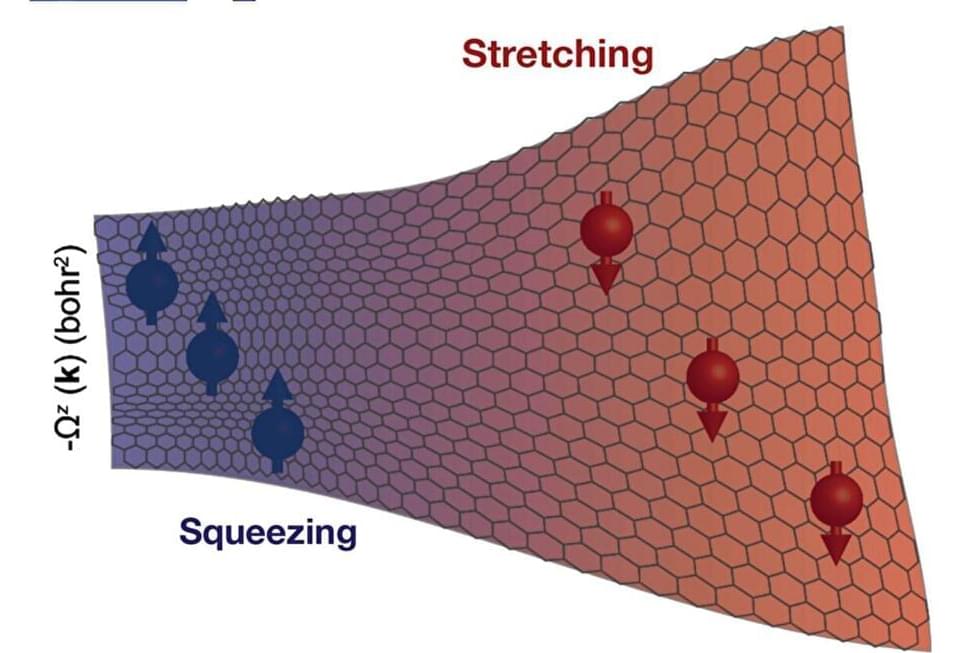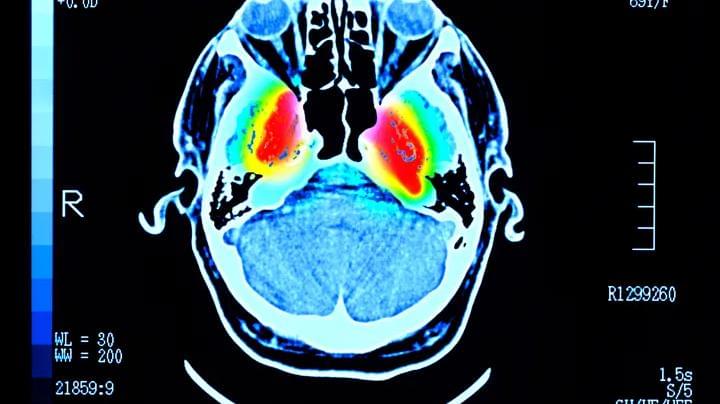Nikhil C. Munshi, MD, discusses potential future directions for ciltacabtagene autoleucel and other CAR T-cell therapies in patients with multiple myeloma.



DNA can do more than pass genetic code from one generation to the next. For nearly 20 years, scientists have known of the molecule’s ability to stabilize nanometer-sized clusters of silver atoms. Some of these structures glow visibly in red and green, making them useful in a variety of chemical and biosensing applications.
Stacy Copp, UCI assistant professor of materials science and engineering, wanted to see if the capabilities of these tiny fluorescent markers could be stretched even further—into the near-infrared range of the electromagnetic spectrum—to give bioscience researchers the power to see through living cells and even centimeters of biological tissue, opening doors to enhanced methods of disease detection and treatment.
“There is untapped potential to extend fluorescence by DNA-stabilized silver nanoclusters into the near-infrared region,” she says. “The reason that’s so interesting is because our biological tissues and fluids are much more transparent to near-infrared light than to visible light.”
In 2023, several breakthroughs have shaken the academic community. Freezing entire organs to sub-zero temperatures for future transplantation is now a reality.
It is incredible how people ignore unambiguous research. This piece takes a couple of minutes to explain why and what we can do about it, at least for ourselves.
The Way Out of Psychic Numbing.
Paul Slovic observes the ‘psychic numbing’ of COVID-19
https://www.apa.org/members/content/covid-19-psychic-numbing.
#PsychicNumbing #ClimateChange #PandemicResponse

A few examples: McDonald’s chatbot recruiter “Olivia” cleared Claypool for an in-person interview, but then failed to schedule it because of technical issues. A Wendy’s bot managed to schedule her for an in-person interview but it was for a job she couldn’t do. Then a Hardees chatbot sent her to interview with a store manager who was on leave — hardly a seamless recruiting strategy.
“I showed up at Hardees and they were kind of surprised. The crew operating the restaurant had no idea what to do with me or how to help me,” Claypool, who ultimately took a job elsewhere, told Forbes. “It seemed like a more complicated thing than it had to be,” she said. (McDonald’s and Hardees didn’t respond to a comment request. A Wendy’s spokesperson told Forbes the bot creates “hiring efficiencies,” adding “innovation is our DNA.”)
Join us on Patreon! https://www.patreon.com/MichaelLustgartenPhD
Discount Links:
At-Home Metabolomics: https://www.iollo.com?ref=michael-lustgarten.
Use Code: CONQUERAGING At Checkout.
NAD+ Quantification: https://www.jinfiniti.com/intracellular-nad-test/
Use Code: ConquerAging At Checkout.
Epigenetic Testing: https://trudiagnostic.com/?irclickid=U-s3Ii2r7xyIU-LSYLyQdQ6…M0&irgwc=1
Use Code: CONQUERAGING
At-Home Blood Testing: https://getquantify.io/mlustgarten.
Oral Microbiome: https://www.bristlehealth.com/?ref=michaellustgarten.

Some of our most important everyday items, such as computers, medical equipment, stereos, generators, and more, work because of magnets. We know what happens when computers become more powerful, but what might be possible if magnets became more versatile? What if one could change a physical property that defined their usability? What innovation might that catalyze?
It’s a question that MIT Plasma Science and Fusion Center (PSFC) research scientists Hang Chi, Yunbo Ou, Jagadeesh Moodera, and their co-authors explore in a new, open-access Nature Communications paper, “Strain-tunable Berry curvature in quasi-two-dimensional chromium telluride.”
Understanding the magnitude of the authors’ discovery requires a brief trip back in time: In 1,879, a 23-year-old graduate student named Edwin Hall discovered that when he put a magnet at right angles to a strip of metal that had a current running through it, one side of the strip would have a greater charge than the other. The magnetic field was deflecting the current’s electrons toward the edge of the metal, a phenomenon that would be named the Hall effect in his honor.

Materials that are both strong and lightweight could improve everything from cars to body armor. But usually, the two qualities are mutually exclusive. Now, University of Connecticut researchers and colleagues have developed an extraordinarily strong, lightweight material using two unlikely building blocks: DNA and glass.
“For the given density, our material is the strongest known,” says Seok-Woo Lee, a materials scientist at UConn. Lee and colleagues from UConn, Columbia University, and Brookhaven National Lab report the details on July 19 in Cell Reports Physical Science.
Strength is relative. Iron, for example, can take 7 tons of pressure per square centimeter. But it’s also very dense and heavy, weighing 7.8 grams/cubic centimeter. Other metals, such as titanium, are stronger and lighter than iron. And certain alloys combining multiple elements are even stronger. Strong, lightweight materials have allowed for lightweight body armor, better medical devices and made safer, faster cars and airplanes. The easiest way to extend the range of an electric vehicle, for example, is not to enlarge the battery but rather make the vehicle itself lighter without sacrificing safety and lifetime. But traditional metallurgical techniques have reached a limit in recent years, and materials scientists have had to get even more creative to develop new lightweight high strength materials.

He Jiankui, the Chinese scientist who faced international condemnation in 2018 for creating the first gene-edited children, has presented a new research proposal involving modifying human embryos to address the challenges of the ageing population. He, who was sentenced to three years in prison in 2019 for “illegal medical practices,” resurfaced last year and announced the opening of a research lab in Beijing.

It’s surprisingly reassuring. Aside from “breathing”, “sleeping”, and “putting on Troy McClure’s accent every time you say his name”, I reckon panicking about death is one of the most universal human experiences. Obviously, part of the problem of wondering what happens when you die is that nobody with any real qualifications can answer you.